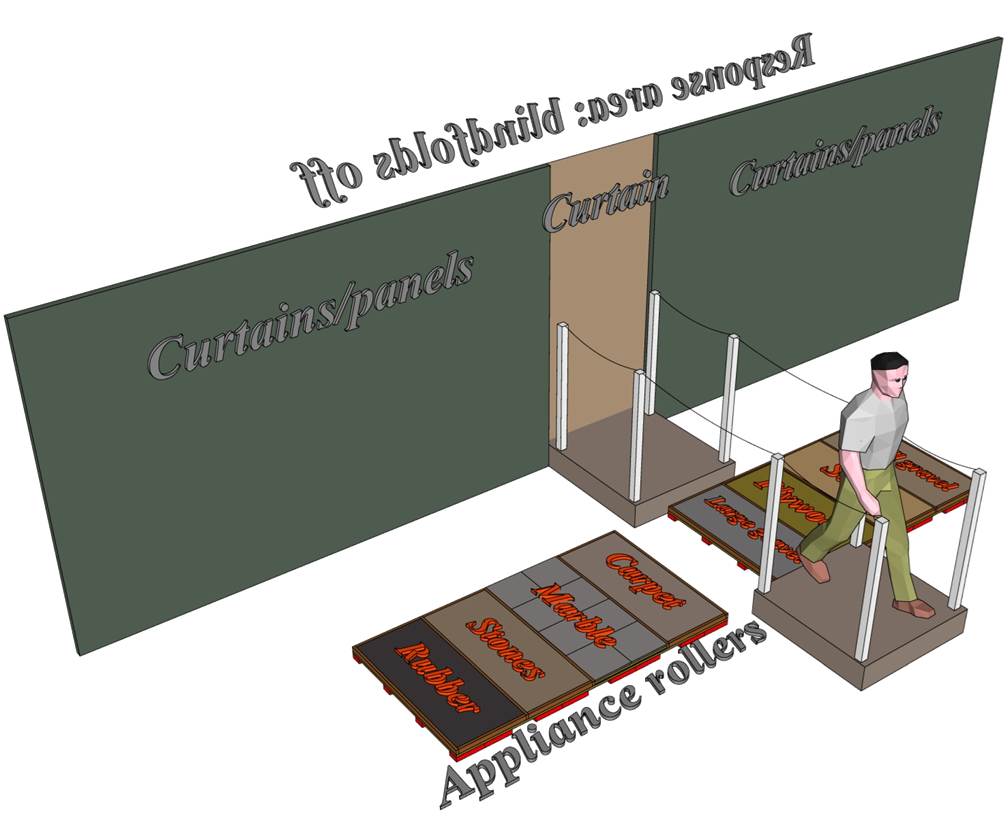Identification of walked-upon materials in auditory, kinesthetic, haptic, and audio-haptic conditions
Giordano, B.L., Visell, Y., Yao, H.Y., Hayward, V., Cooperstock, J., & McAdams, S. (2012) Journal of the Acoustical Society of America, 131, 4002-4012. Fulltext.Locomotion generates multisensory information about walked-upon objects. How perceptual systems use such information to get to know the environment remains unexplored. The ability to identify solid (e.g., marble) and aggregate (e.g., gravel) walked-upon materials was investigated in auditory, haptic or audio-haptic conditions, and in a kinesthetic condition where tactile information was perturbed with a vibromechanical noise. Overall, identification performance was better than chance in all experimental conditions and for both solids and the better identified aggregates. Despite large mechanical differences between the response of solids and aggregates to locomotion, for both material categories discrimination was at its worst in the auditory and kinesthetic conditions and at its best in the haptic and audio-haptic conditions. An analysis of the dominance of sensory information in the audio-haptic context supported a focus on the most accurate modality, haptics, but only for the identification of solid materials. When identifying aggregates, response biases appeared to produce a focus on the least accurate modality — kinesthesia. When walking on loose materials such as gravel, individuals do not perceive surfaces by focusing on the most accurate modality, but by focusing on the modality that would most promptly signal postural instabilities.



